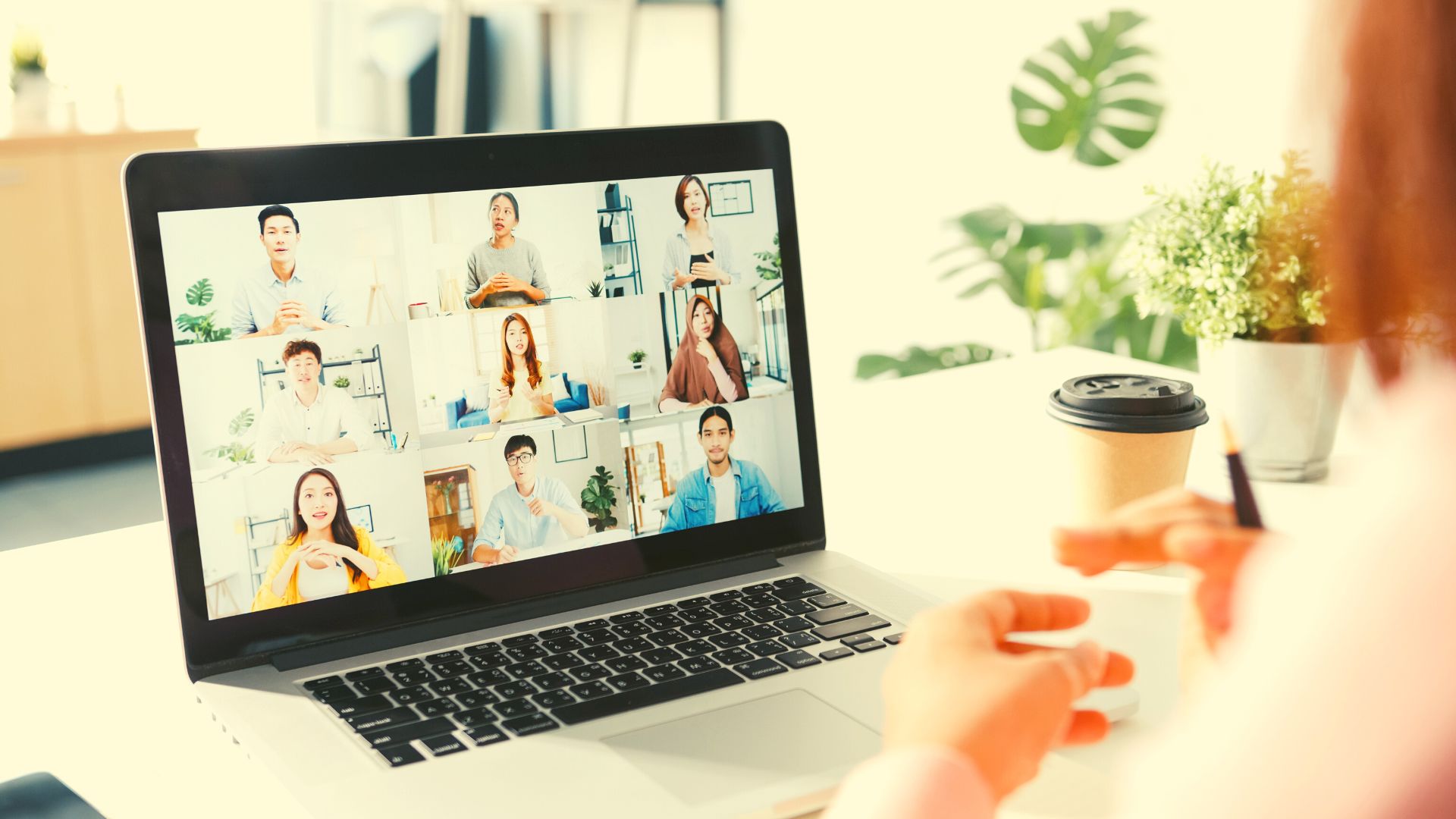Chapter 8: Methods - How Mobile Learning/Teaching Succeeds

Photo: Junge asiatische geschäftsfrau, die laptop verwendet, spricht mit kollegin über plan in videoanrufbesprechung während sie von zu hause aus im wohnzimmer arbeitet from tirachardz, freepik, CC BY-SA 4.0 adapted with a sepia filter
Chapter 8 - “Methods – How Mobile Learning/Teaching Succeeds” aims to support you in answering the questions:
How could I create a positive and sustainable learning experience? Which methods do my learners need?
Your chosen methods should link the initial level of your learners’ competences with the defined learning outcomes and assessment.
As an example, take a look at the use-cases, e.g., #5 and #7. There, you find descriptions of how your pedagogical approach supports the achievement of defined competences and their (re)assessment.
-> Link to the PDF of the “Use Cases (Learning Scenarios)”
How shall I teach Digital Rehabilitation content and competences?
Via theory, practice, and digital technology! These needs were stated repeatedly by learners investigated within DIRENE. You will support these by further engaging in critical discussions.
Consider, e.g., the following learning principles (short explanations are provided in the DIRENE glossary on mobile learning):
- Inverted classroom model / flipped classroom (e.g., Youhasan et al., 2021)
- Peer learning (e.g., Nshimiyimana & Cartledge, 2020)
- Deep learning (e.g., Du et al., 2022)
- Problem-based learning (e.g., Tadesse et al., 2022)
- Simulation-based learning (e.g., Keiser et al., 2022)
- Self-directed learning (e.g., Watkins et al., 2022)
- …
As an example, you can read in master theses how medical learners (Stadler, 2022) or dietetic learners (Rosner, 2022) could be trained in video consultation.
What do learners expect from mobile learning?
Mobile Learning (mLearning) is a term to denote learning involving the use of a mobile device. The term is fully defined as “learning across multiple contexts, through social and content interactions, using personal electronic devices” (Crompton, 2013, p. 4). Mobile devices are easily portable such as mobile phones and tablets (adapted from Crompton & Burke, 2018).
This is distinguished from Electronic Learning (eLearning), which is learning that takes place through and based on the Internet and communication technologies (adapted from Basak et al., 2018).
Results of participative group workshops, which were conducted with health and social care professionals, educators, learners, and service users, indicate that learners expect the following aspects:
1) Usability (see the definition in Chapter 1)
2) Learner-centred education, an approach that tailors education to the learner rather than the learner to the education. This means focusing on individual learners and their desires, needs, and experiences, using the best available evidence and knowledge of learning and teaching methods that best support learning for everyone (adapted from Kartal & Bıkmaz, 2022; Mccombs & Miller, 2009).
3) Availability of learning materials in various forms
4) Smooth transition from offline to online
5) Addressed motivation (e.g., independence and saved money) and concerns (e.g. mental health and problems, losing non-verbal communication, as well as unclear formulations and didactics)
6) Provided (intuitive) technology and support, central platforms and standards for data management, data protection and Internet, and energy stability for the prevention of delays
Proceed to guidance on mobile learning tools:
-> Next Chapter 9: “Experiences and Tools of Mobile Learning"
Go back to the previous Chapter 7: “Applying Knowledge - Shows How/Does”
Go back to the Handbook Main Page.